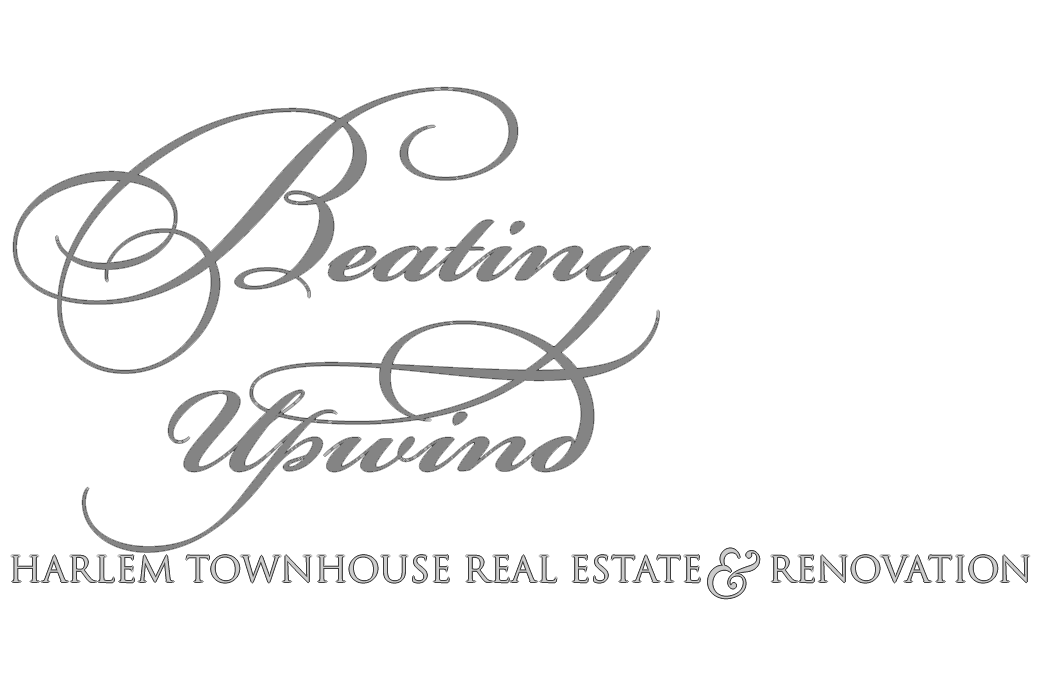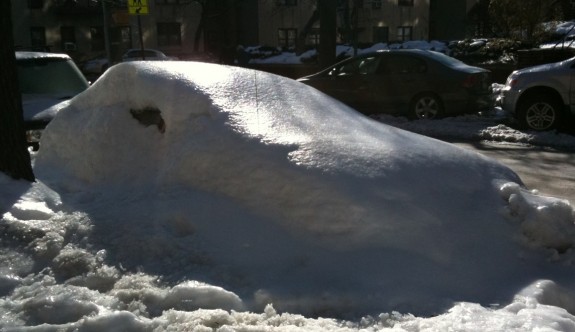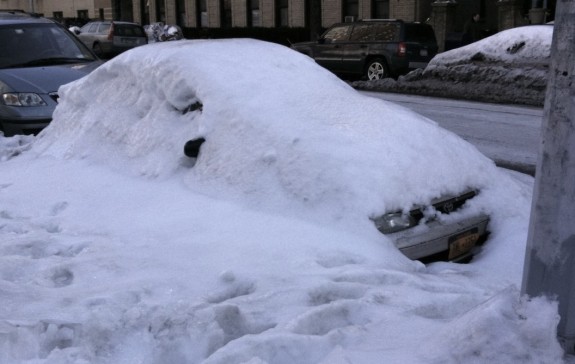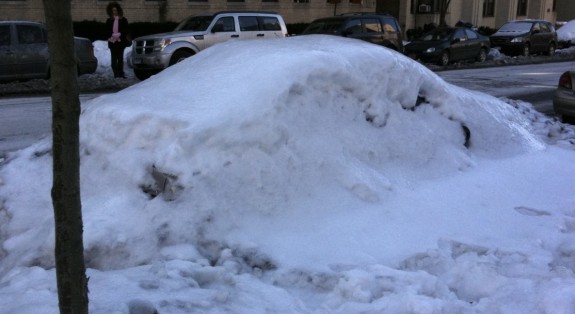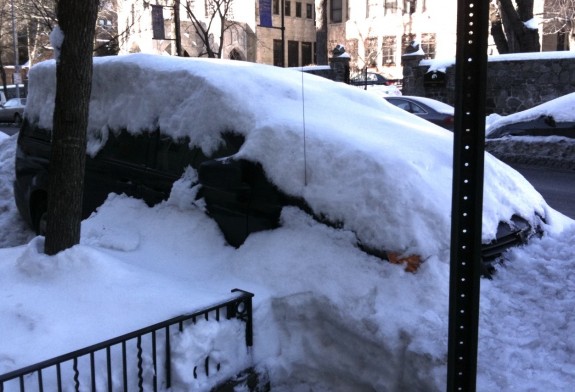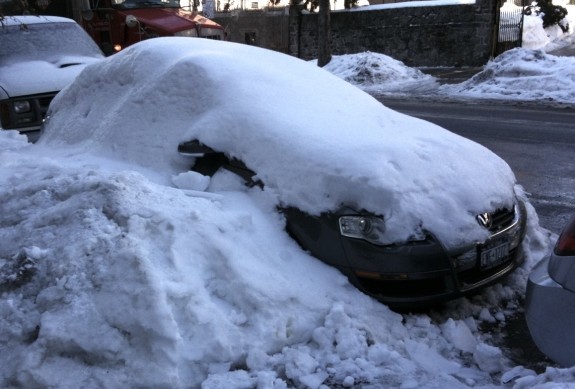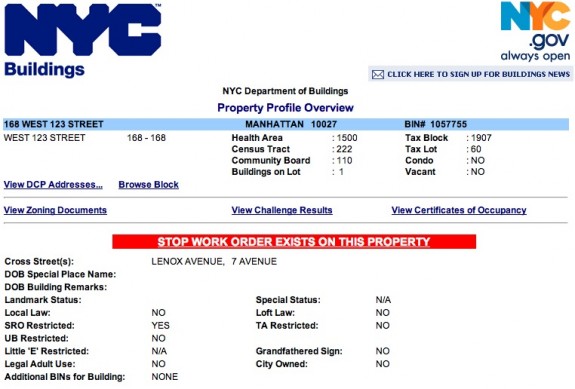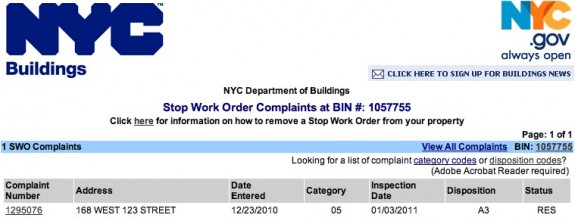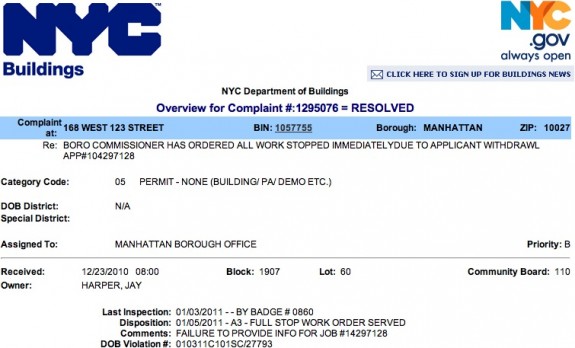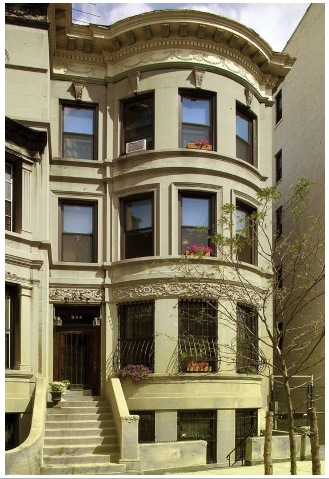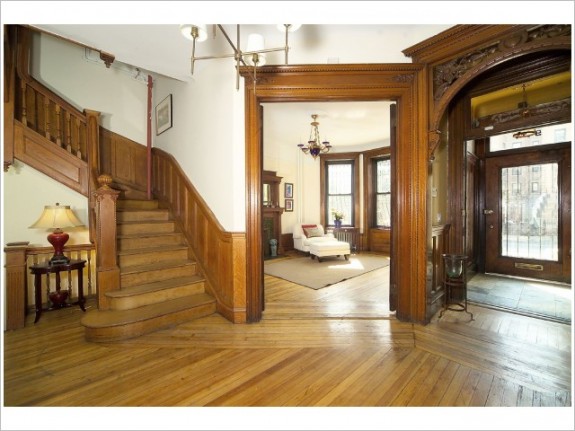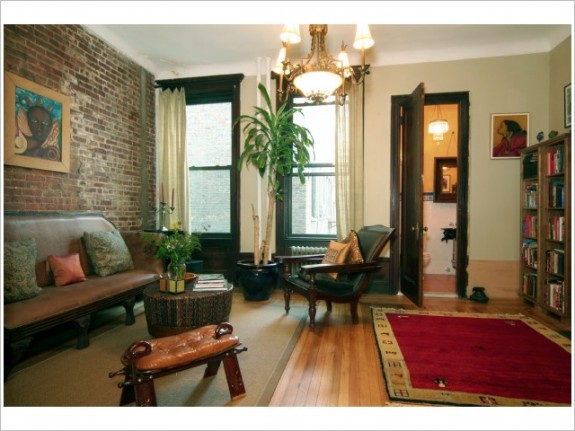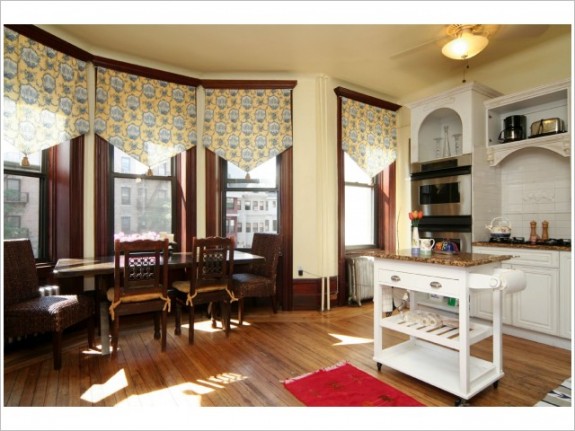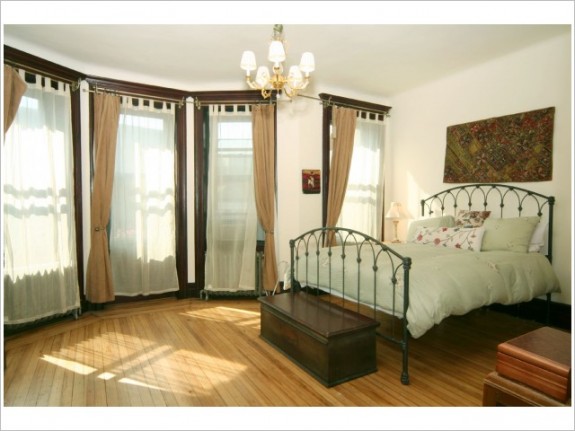We’ve formally applied for our rehab loan and gearing up to start construction (finally!!) One of the items we knew we’d have to deal with is insurance. The bank requires it, and we want it…
When we spoke with the insurance agent our real estate lawyer recommended, he told us we needed what’s called a “builder’s risk policy” and it would cost $6,000 per year. But in talking to our loan officer he was recommending we get a homeowner’s policy that would cost a fraction of that amount.
We resisted buying the builder’s risk until we were actually doing construction. Our agent found a renter’s policy (with Chubb) that gives us liability coverage at the building (not something renter’s policies usually do). But now we need to get a proper policy and we’re conflicted. The new quote came in for the builder’s risk policy and it’s $6,916/year – almost $7,000!
We’d like to get a homeowner’s policy to save money, but in reading up on it, most homeowner’s policies won’t pay out if the building is under renovation – which is why our agent was recommending builder’s risk. You’d think the loan officer would know that – he deals in a lot of rehab mortgages. Hopefully he’ll know which insurance companies issue renovation-friendly homeowner’s policies. But the issue is that our building isn’t even habitable – somehow I think we’ll be stuck with a builder’s risk policy.
So if you’re doing renovation – check your homeowner’s policy very carefully and make sure it will payout while you’re doing work. You don’t want to pay for insurance and then find out you’re actually uninsured when you put in a claim… As much as I don’t like paying $7,000 – I’ll sleep better knowing I’m properly insured.
